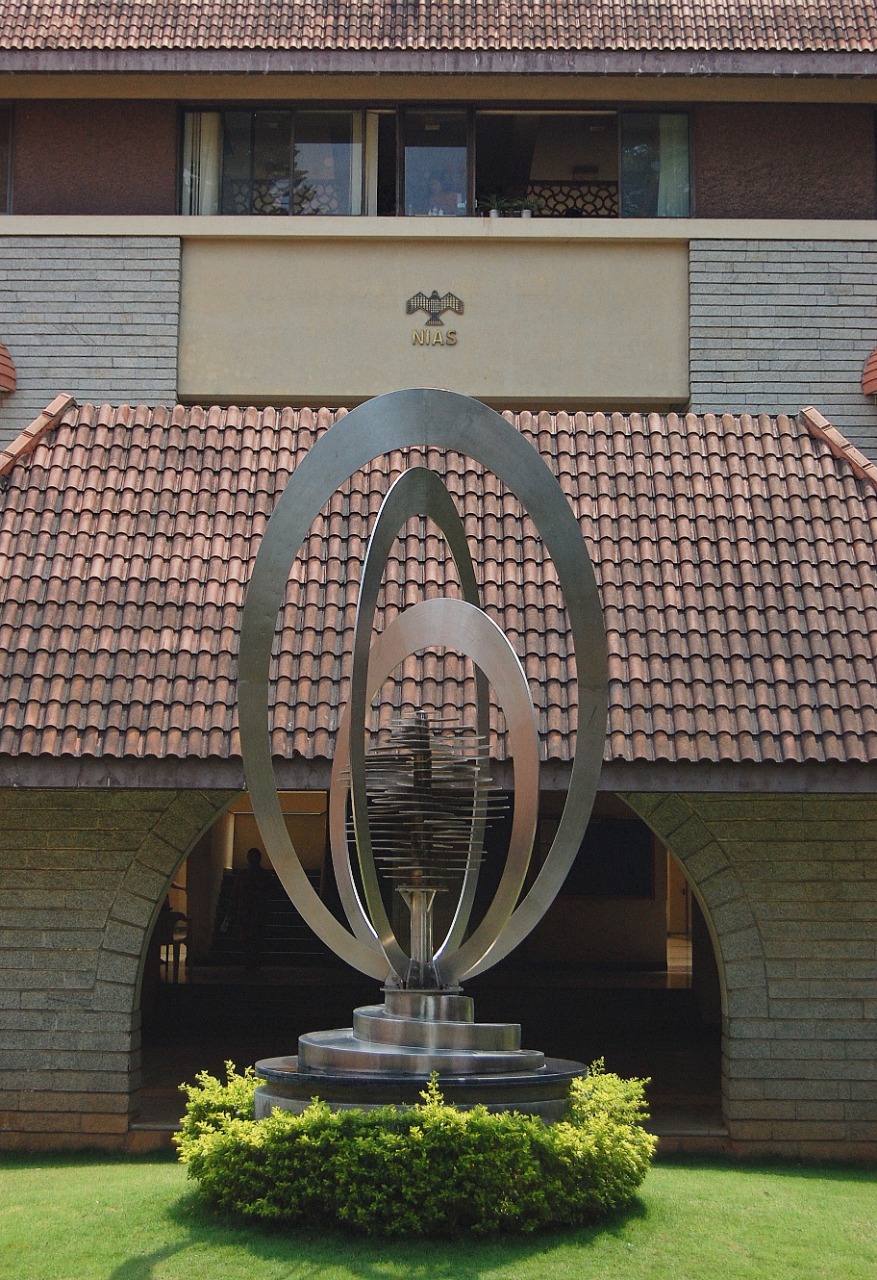
To cite: S. Chandrashekar, Lalitha Sundaresan, Bhupendra Jassani. Estimating Uranium Mill Capacity Using Satellite Pictures. NIAS Report No. 35-2015. Bangalore: International Strategic and Security Studies Programme, National Institute of Advanced Studies, December 2015, available at http://isssp.in/estimating-uranium-mill-capacity-using-satellite-pictures/
The International Atomic Energy Agency (IAEA) gathers and analyses safeguards relevant information about a State from:
- a. information provided by the State party to the safeguards agreement;
- b. safeguards activities conducted by the Agency on the ground;
- c. open sources and third parties.
The IAEA’s analyses consists of validation of information provided by the States against information collected by the Agency under (b) and (c) including that obtained from commercial satellite imagery. Information may differ depending on whether it is acquired under a comprehensive safeguards agreement (CSA), CSA and under the Additional Protocol Agreement (APA) or that obtained on a voluntary basis.
Under the Additional Protocol Agreement, signatory states are required to provide IAEA inspectors information on all parts of the nuclear fuel cycle that include uranium mines, processing facilities, fuel fabrication & enrichment plants, nuclear waste sites as well as any other location where nuclear materials may be present. The IAEA Verification measures include on-site inspections, visits, and as well as ongoing monitoring and evaluation.
This has vastly increased the amount and type of information that States will have to provide to the IAEA. At the same time, the burden of verification has also vastly multiplied as far as the IAEA inspectors are concerned. The IAEA is therefore likely to find itself in a situation where physical verification of the declared nuclear facilities will become increasingly difficult.
Monitoring and evaluating undeclared facilities especially those related to the early parts of the nuclear fuel cycle such as uranium mining and milling also become a very important component of the verification activities. Development of newer methods and technologies that can strengthen verification protocols would therefore be very useful.
Though several studies have addressed the usefulness of satellite images for monitoring various parts of the nuclear fuel cycle4 not much work has been carried out to assess their utility for monitoring Uranium mining and milling operations.
While India is a declared nuclear weapon state the activities of her neighbours in the nuclear realm are shrouded in secrecy. This situation is often made more complicated by a lot of ambiguous information pouring in from a number of sources especially from the west. It is therefore difficult for a strategic analyst or policy researcher to make a meaningful assessment of the uranium production capacity of a country since there is very little reliable data.
Image processing specialists within the country have also not made any efforts to develop suitable algorithms that describe in detail how satellite images can be used to identify Uranium mines and mills. From a practical viewpoint there are at least two aspects of a mill operation that require attention from image analysts.
The first aspect is of course to clearly identify a mill site as a uranium mill site Several studies in the West have demonstrated that satellite images can be used to identify uranium mill sites at least to a limited extent. Building on this work, a more recent study used features associated with the various processes used for the extraction of Uranium that are visible in a satellite image for the identification of a Uranium Mill and this has been dealt exhaustively in an earlier NIAS report.
Once a mill has been identified as a Uranium Mill, it is also important to see whether methods can be developed to estimate the production capacity of such a mill. This report focuses on methods that can be used to estimate the production capacity of a Uranium mill after the mill has been identified as a Uranium producing mill.
